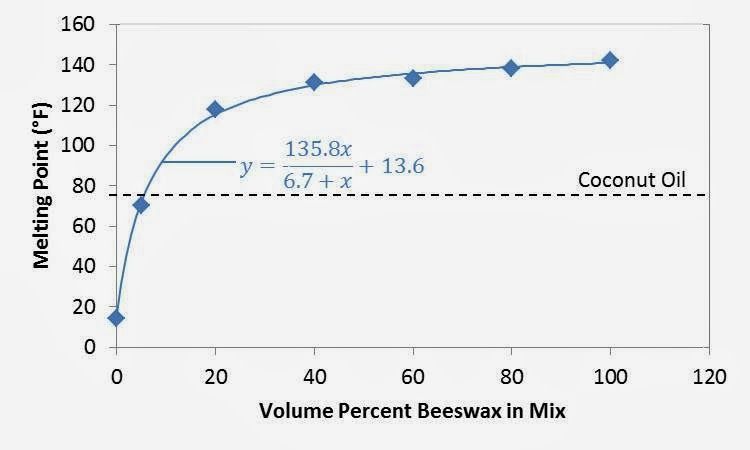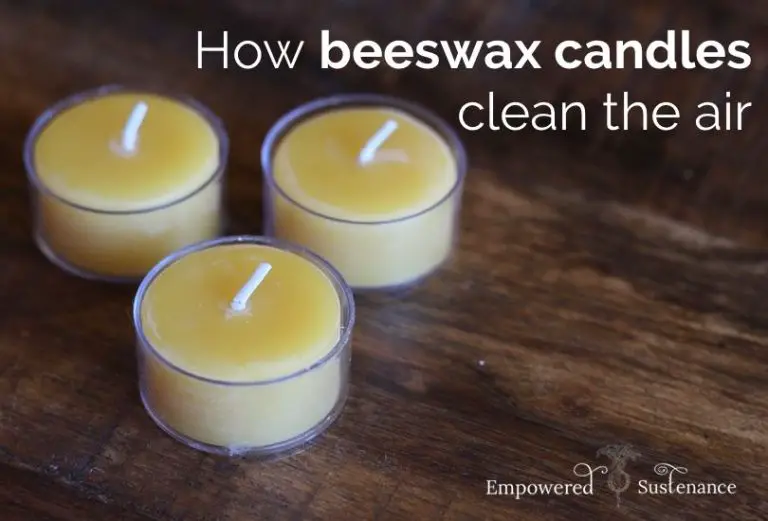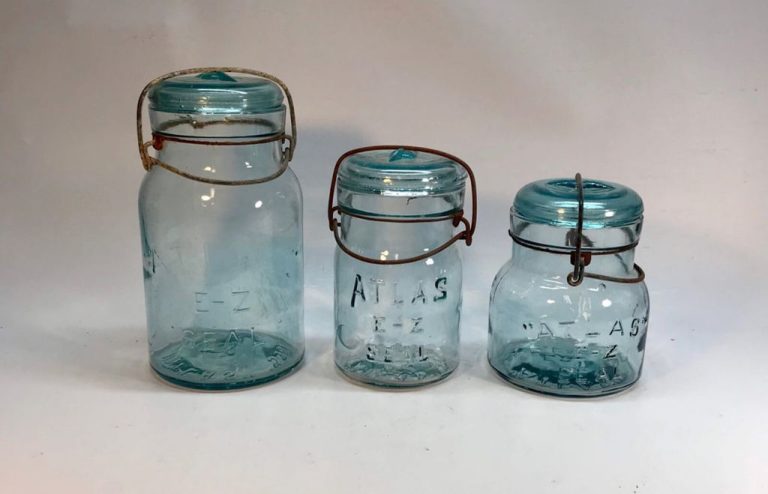Is Wax Good For Massage?
What is massage wax?
Massage wax is a product used during massage to lubricate and moisturize the skin. Waxes used for massage purposes are typically made from natural ingredients like beeswax, soy wax, and essential oils. Unlike massage oils, waxes have a thicker consistency that allows them to be molded and shaped on the skin.
The origins of using wax for massage date back thousands of years. The ancient Egyptians were one of the first civilizations to use wax rubs, often mixing beeswax with aromatic oils. The ancient Greeks and Romans also used wax infused with herbs and oils as part of their bathing and massage rituals, believing that the waxes had therapeutic benefits for the mind and body. In ancient Ayurvedic practices in India, wax and oil blends were massaged into the scalp and hair.
Today, many of the most popular massage wax blends incorporate ingredients used since ancient times. Beeswax remains a popular base for massage waxes, often blended with soy wax for flexibility. Essential oils like lavender, eucalyptus, peppermint and tea tree are frequently added for their aromatherapeutic effects. Wax blends can also contain moisturizing butters like shea or cocoa butter. Most massage waxes melt at warm body temperatures, allowing for smooth application during massage.
Benefits of using wax in massage
Using wax during a massage offers several advantages that enhance the experience for both the client and massage therapist.
Wax allows for smooth gliding movements across the skin without friction. This enables the therapist to massage with free range of motion for long strokes and techniques like effleurage without their hands catching on the skin (Source). Clients report the wax provides a more fluid and soothing massage motion.
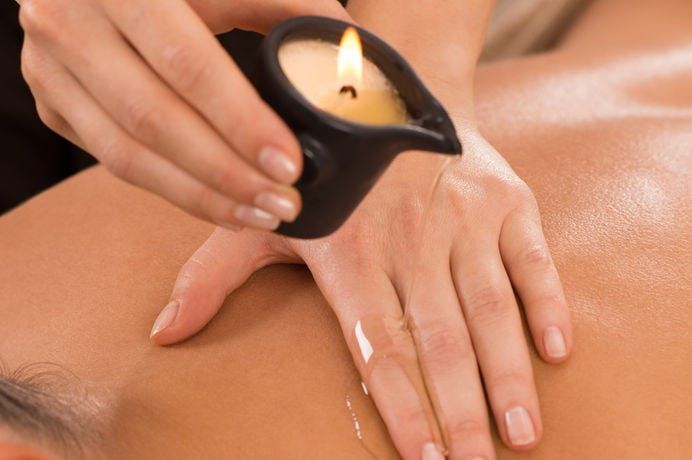
The wax also acts as a moisturizer by hydrating the skin during the massage. Many wax products contain oils and butters that get absorbed into the skin, leaving it soft and supple. This gives an added moisturizing benefit beyond the massage itself.
Some massage waxes provide warming or cooling sensations when applied. Warming waxes contain ingredients like ginger or cinnamon, while cooling waxes have mint or eucalyptus. These heating and cooling effects provide further relaxation and relief to sore muscles and joints (Source).
Overall, wax makes the massage glide easier, moisturizes the skin, and can provide soothing thermal effects for an enhanced massage experience.
Potential drawbacks of wax
While massage wax offers several benefits, there are some potential drawbacks to consider:
Messiness – Wax can be messy and get everywhere if not applied carefully. It may drip off the skin during massage. Proper draping and care is required to avoid major messes.
Staining fabrics – Wax can stain linens, towels, and even clothing if not properly cleaned afterwards. According to [1], caution should be taken to protect fabrics during a massage with wax. Any drips or spills should be spot cleaned immediately.
Allergic reactions – Some people may be allergic to ingredients in massage wax, like beeswax or plant oils. Patch testing on a small area of skin is advisable before full use.
Difficult removal – Massage wax can be more difficult to wash off skin compared to oils. It may require oils or scrubs to fully remove residue. According to [2], maintaining hygiene is more difficult with thick waxes.
Overall, while massage wax has distinct benefits for grip and glide, it requires more care and cleanup to avoid messes, stains, allergies, and residue. Proper application technique, draping, and post-massage hygiene is key.
[1] https://www.circle8massage.co.uk/post/massage-wax-vs-massage-oil/
[2] https://www.massagewarehouse.co.uk/blogs/blog/should-i-use-massage-oils-creams-lotions-or-waxes
How to select a massage wax
When choosing a massage wax, there are several factors to consider based on your preferences and needs:
Skin type – If you have sensitive skin, look for a wax made with natural ingredients and avoid strong fragrances. For dry skin, choose a wax with moisturizing oils like coconut or jojoba oil. Oily skin can benefit from a lighter, non-greasy wax.
Desired texture – Waxes offer light, medium and heavy consistencies. Lighter waxes spread easily without dragging while heavier body waxes provide more resistance. Select a texture suited to the massage pressure and techniques.
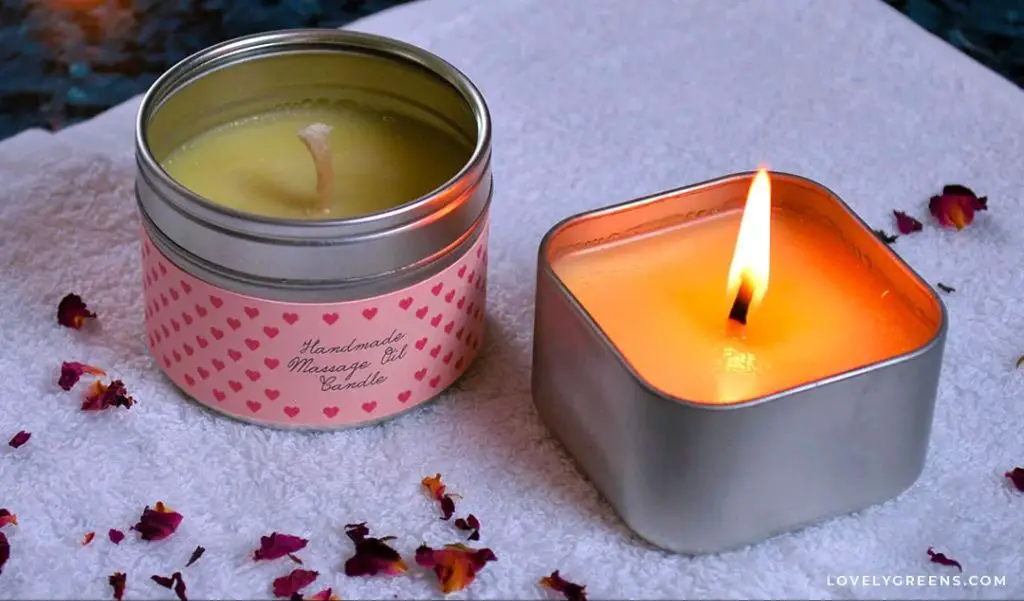
Aroma – Massage waxes infuse essential oils or fragrance to provide calming, energizing or uplifting scents. Choose an aroma that promotes desired effects. Unscented waxes are ideal for those sensitive to fragrances.
Warming/cooling properties – Some waxes create a warming sensation that increases circulation while others provide a cooling effect. Decide whether warming or cooling aligns better with your massage goals.
Test different massage wax options to find the ideal fit. Consider scent, texture, moisturization and warming/cooling properties based on personal preferences.
Proper application and use
When applying massage wax, it’s important to use the proper amount and technique. According to this video, you only need a thin layer of wax, about the thickness of a nickel, for each area you are massaging. Using too much wax can make things messy and wasteful.
Before applying the wax, it’s crucial to melt and heat it properly. The wax should be heated to a temperature between 120-130°F to reach an ideal viscosity for massage. Test the temperature on your wrist before use. If it feels uncomfortably hot on your skin, allow it to cool slightly longer (Healthline).
Always do a patch test on a small area of skin before massaging large areas or sensitive spots. This will reveal any potential skin reactions or discomfort with the wax. Massage the wax lightly into the test area and wait 10 minutes before broader application.
Use smooth, long strokes to apply a thin layer of wax over the desired massage area. Do not rub vigorously. Let the wax cool and harden for a few minutes. The wax will grab onto skin as it hardens. Then use gentle, circular motions to massage the waxed skin. Apply light pressure with your thumbs and fingers to work the wax into the muscles and joints. The wax will provide grip to give a deeper massage. Avoid pulling or tugging the skin aggressively.
Continue massaging until the wax breaks down and absorbs into the skin, usually 5-10 minutes. Reapply another thin layer of wax as needed. The massage wax allows for smooth gliding motions and can reach deeper tissues than massage oils. Take care not to overheat the skin with excessive friction.
Aftercare and Removal
After a massage using wax, it’s important to properly clean up any excess wax and moisturize the skin. Here are some tips for aftercare and removal:
Use a soft washcloth with warm water to gently wipe away any leftover wax. Avoid scrubbing too harshly, as this may irritate the skin. You can also use baby oil, mineral oil, or another gentle oil to help dissolve wax residue.
If there are any sticky spots of wax remaining, apply a small amount of oil and let it soak in for a minute or two before gently wiping again with the washcloth.
Check for any wax stains left on sheets or clothing. Use an oil-based stain remover and wash in warm water to lift wax stains.
After cleaning off the wax, apply a gentle, hydrating lotion or moisturizing oil to the skin. Massage wax can dry out the skin, so it’s important to replenish moisture. Look for moisturizers with soothing ingredients like aloe vera, shea butter or jojoba oil.
Exfoliating a day or two after the massage can also help remove any remaining wax residue and prevent ingrown hairs. Use a soft scrub or loofah to gently exfoliate without irritating the skin.
Safety precautions
When using massage wax, it’s important to take some basic safety precautions:
Do a patch test on a small area of skin before full use. This allows you to check for any allergic reactions or irritation (source).
Avoid wax products containing ingredients you are allergic or sensitive to, such as certain essential oils or nut oils (source).
Don’t overheat wax or allow it to get too hot before application, as this can burn or scald the skin.
Use care when applying wax around sensitive areas of the body and avoid contact with eyes, lips, wounds or irritated skin.
DIY Wax Recipes for Massage
Many people enjoy making their own massage wax at home using common household ingredients. Some popular bases for DIY massage wax include beeswax, shea butter, cocoa butter, and soy wax. To make massage wax, you simply need to melt the wax base, optionally add other oils and butters, and mix everything together before allowing it to cool and solidify.
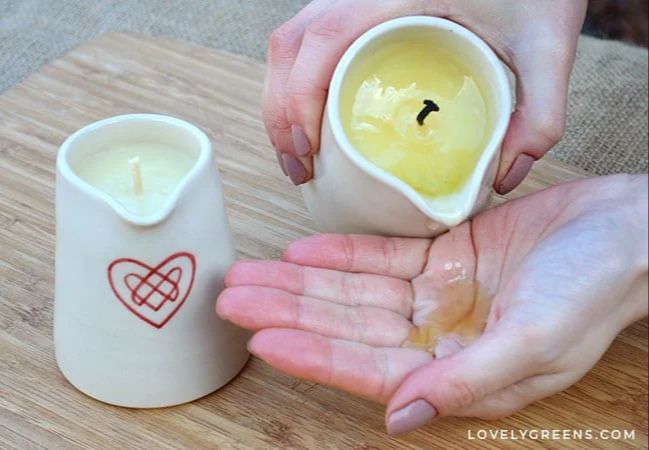
Beeswax is a great natural wax for massage candles and melts at around 140-150°F. Shea and cocoa butter have skin moisturizing properties and melt from 90-100°F. Soy wax is commonly used for container candles and melts at 115-135°F. Follow proper safety precautions and use a double boiler or small slow cooker when melting wax to avoid scorching.
Many recipes suggest mixing the wax base with skin nourishing oils like jojoba, coconut, almond and avocado oils. You can experiment with different proportions to achieve the desired consistency. Add essential oils like lavender, vanilla or eucalyptus for aromatherapy benefits. Use 15-25 drops of essential oils per pound of wax. Stir everything thoroughly as the wax cools to blend all the ingredients.
DIY massage wax is simple to whip up at home. Pay close attention when melting wax and mixing in additives. Store finished massage wax in heat resistant containers. With some trial and error, you can create custom massage wax catered to your specific needs.
Pros vs cons of wax vs oil
There are some key differences between using wax versus oil for massage. When it comes to glide, massage wax provides more grip and control while massage oils have a smooth, slick glide (1). This makes oils better for techniques like effleurage while wax works well for deeper techniques where more precision is needed. Wax can be messier as it melts and drips during the massage. Oils absorb nicely into the skin. In terms of cost, wax is generally more expensive than basic carrier oils like grapeseed or jojoba (2).
For skin benefits, oils contain various fatty acids, vitamins, and antioxidants that can nourish the skin. Some waxes like beeswax also have skin benefits from vitamin A. Both can be formulated for particular skin types. For client preferences, some enjoy the smooth glide of oil while others like the increased grip from wax. Those with sensitivities may find wax to be gentler on the skin than certain oils. It comes down to choosing the right medium for the client’s needs and massage goals (3).
In summary, wax offers more control while oils provide better glide. Wax can be messier but may suit some skin types better. Oils tend to be more affordable. The ideal medium depends on the massage techniques used and client preferences.
Professional uses and results
Massage therapists in spas and clinics often prefer using wax over lotions or oils. Wax provides better grip for techniques like deep tissue massage and myofascial release (https://www.sportsinjuryclinic.net/treatments-therapies/massage-lotion-vs-wax). The thickness of wax also allows therapists to glide over the skin smoothly. Many spas use specialty waxes like Songbird massage wax which offers aromatherapy benefits.
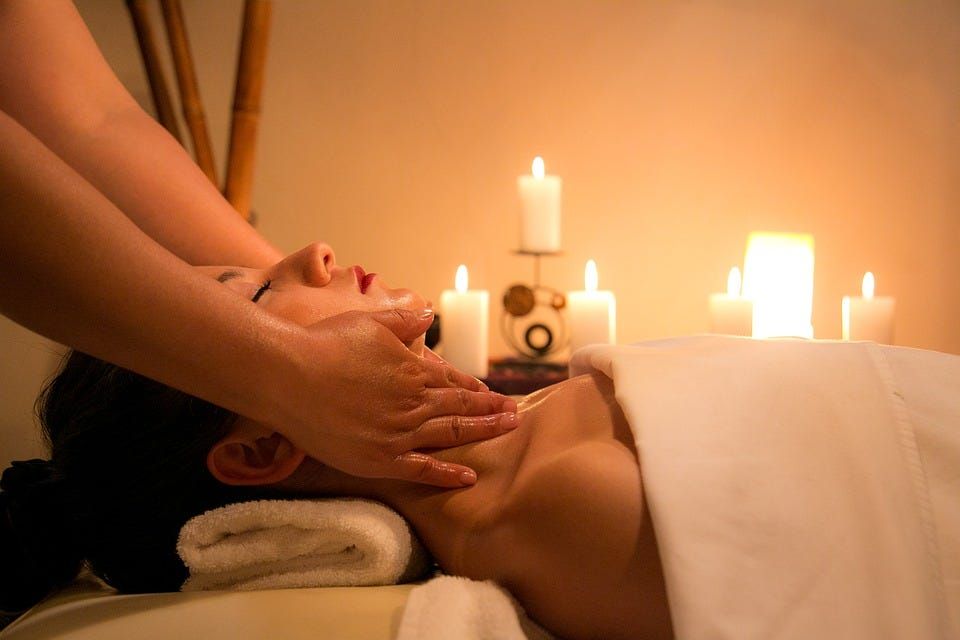
In client reviews, wax often receives positive feedback for the level of pressure and pain relief it provides. The sticky drag of the wax is appreciated by clients looking for a firmer massage. According to massage therapist Laura Allen, “clients feel like they are getting their money’s worth” with a wax massage (https://www.massagewarehouse.co.uk/blogs/blog/should-i-use-massage-oils-creams-lotions-or-waxes).
Experts recommend wax for deep tissue techniques where the extra grip is beneficial. It allows therapists to really get into tight and overworked muscles. The thickness of wax also prevents absorbed oils from interfering with the massage motions. Overall, massage wax delivers noticeable results in a spa setting, especially for deep pressure massages.

